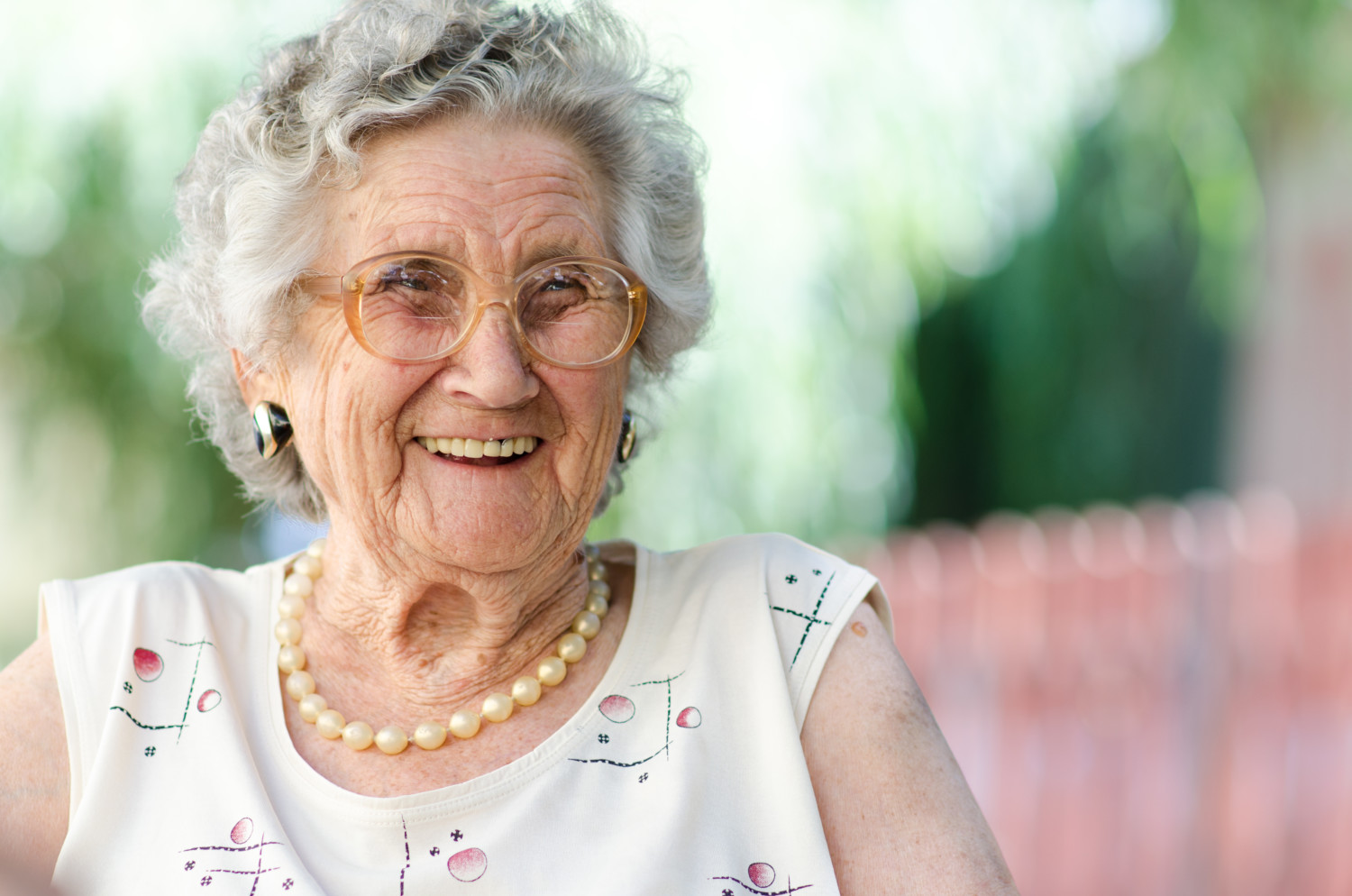More people entering their “golden years” without a significant other or children and who don’t like the idea of living in a retirement community can take a cue from a popular ’80s and ’90s TV show — and more and more of them are doing so.
“The Golden Girls” ran from 1985-1992 and depicted four widowed or divorced “older” women living together in a Miami house. While Estelle Getty and Bea Arthur played the mother-daughter pair of Sophia and Dorothy, their housemates, Blanche and Rose, played by Rue McClanahan and Betty White, were not related to them.
The hit show depicted their happy and colorful lives as housemates. (A more recent popular show involving senior women sharing a home is Netflix’s “Grace and Frankie.”)
This fictional living situation has many real-life adherents following the “Golden Girls” trend of house-sharing. It has many benefits for seniors, including the splitting of expenses, companionship, shared chores and cooking, safety and the ability to age in place.
Plus, it’s needed. As the number of seniors from the Baby Boomer generation grows, so does the cost of retirement. Households headed by someone over 75 will double in the next 20 years, from 14.1 million in 2018 to 28.2 million in 2038, according to a statistic cited in an American Society on Aging article.

Every Boomer needs a place to live and house-sharing appeals to a particular group of them.
“In the broader population, shared living in the last decade has exploded, especially in cities where housing costs are quite high,” Gary Painter, a University of Southern California’s Sol Price School of Public Policy professor, toldThe Washington Post.
A 2018 Harvard Joint Center for Housing Studies articlesaid that the number of older adults living with unrelated roommates is small, but grew dramatically between 2006 and 2016.
“Over that time, when the older population grew from 38 to 50 million, an increase of 33 percent, the segment of the older population sharing their homes grew from 1.3 to 1.8 percent, and the number of older adults in these arrangements grew by 88 percent (from about 470,000 to nearly 988,000),” the article noted.
What does senior home-sharing look like? Much like “The Golden Girls” minus some of the snark (probably). Each senior has their own room or personal space and sometimes their own bathroom. Common areas like the kitchen and living room are where housemates can come together to socialize and eat.
Some home shares start with one senior’s existing home, which housemates move into. Others are built specifically to work as a shared living space.

Also paralleling “The Golden Girls” and “Grace and Frankie” is the fact that most residents in a shared home are women. Women tend to live longer than men and have less stable finances as they age.
This type of home-sharing is not to be confused with cohousing. With most cohousing situations, people live in their own homes in an intentional community where there are shared spaces.
Sites like Silvernest, Sharing Housing, Roommates4Boomers, Senior Homeshares and the Residential Assisted Living National Association help seniors find fellow senior housemates and available home shares. A 2019 Money article mentioned that people over 50 were the quickest growing age group on the website SpareRoom.
One key to making a real-life “Golden Girls” housework is having a clearly written agreement between housemates on all the details of their house-sharing situation, from finances to what happens if someone needs long-term care.
For those seniors not ready to commit to sharing a home with others in later life, a Forbes article suggests starting with seeking out more activities where you can meet other Baby Boomers.

What do you think of the idea of spending retirement in a house split with other seniors?
This story originally appeared on Simplemost. Checkout Simplemost for additional stories.


